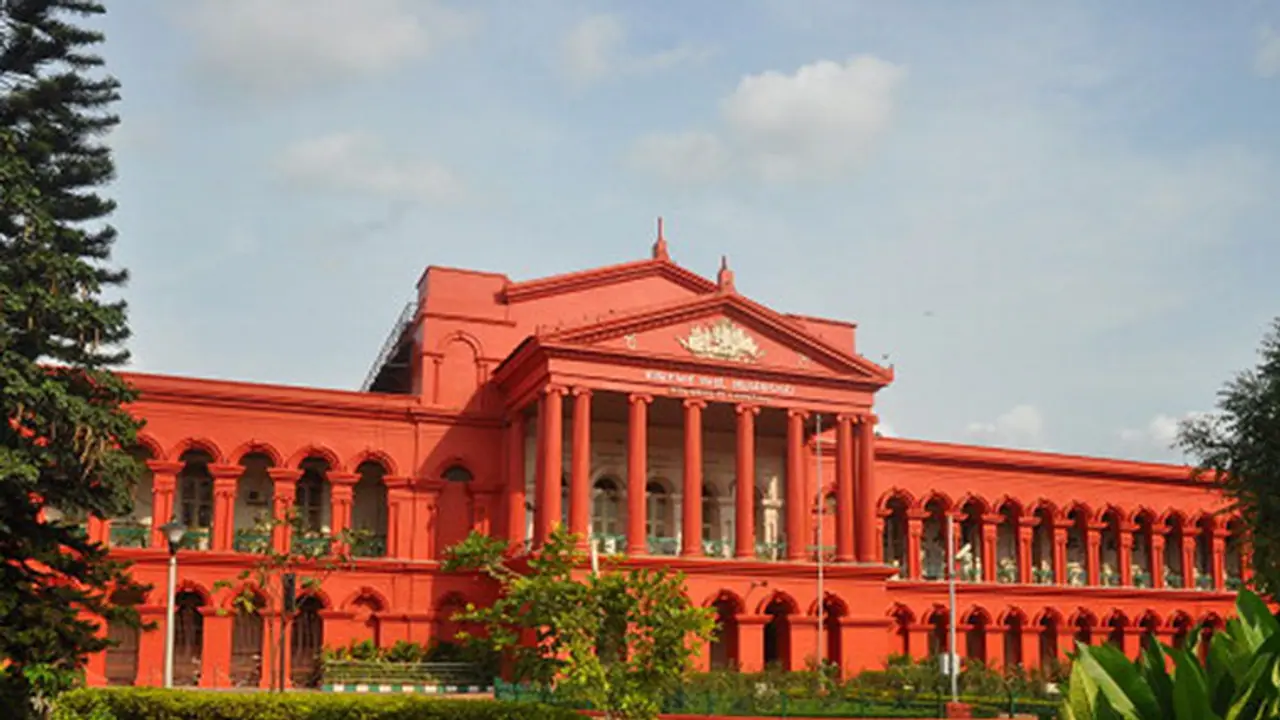The case against Jayalalithaa, Sasikala and two others rested on their huge assets The case argued that the assets far outstripped their declared income and funds. But the Karnataka High Court changed three values, and released the accused. How?
During the long, drawn out case against former Tamil Nadu Jayalalithaa, her then aide Sasikala and several of Sasikala's family member, several complicated financial mazes had to be unwound. The case involved dummy companies, high re-routed payments and many more financial tricks.

The judge of the Karnataka High Court declared calculations within this sea of finacial numbers and legales to be faulty. As per his verdict, if one adjusted the numbers, then the amount of expenditure would come within the declared income of the accussed. Based on this, the case was dismissed.
Here are some of the re-calculations -
1) Experts estimated that some ₹27 crore was spent on the construction of a building that belonged to Jayalalithaa and other the accused. But Justice CR Kumara Swamy, during the trial, stated that the estimation was not accurate and mentioned just ₹5 crore in his verdict. Thus 'disproportionate' property of Jayalalithaa and other accused decreased to ₹22 crore.
2) The prosecution had argued that Jayalalithaa had spent ₹6 crore for the marriage of Sudhakaran, her foster son. But the trial court reduced this cost to ₹3 crore and High Court in its judgement mentioned just ₹28 lakh. The High Court said that the remaining amount is incurred by the family of bride.
3) The High Court didn’t consider the argument of prosecution that the estimated total worth of Jaya's property was ₹66.4 crore. According to the High Court’s calculation, the total worth of her property was ₹37.59 crore.
Besides, the accused had borrowed a loan of ₹10.6 crore via several banks. But the High Court’s calculation increased the loan amount to ₹24.17 crore. This caused a huge depreciation in the 'disproportionate' property, as the rest of the amount became legal loans.
Keeping aside the loan, it was the above three calculations of the Karnataka High Court that ultimately freed Jaya, Sasikala and the two others.And it was these three calculations that the Supreme Court set aside in its judgement.
So how could the High Court get it so wrong? There seems to be no answer to that.
